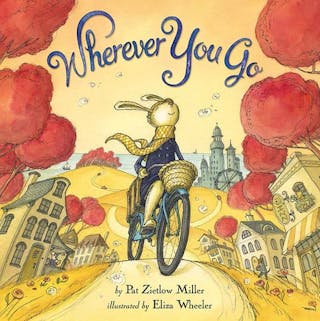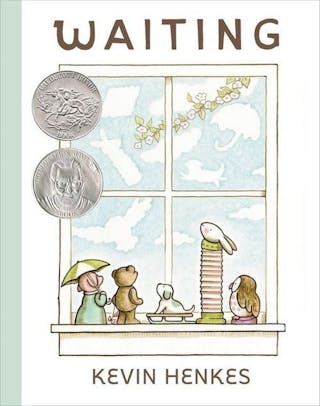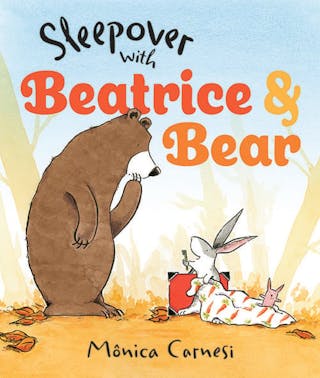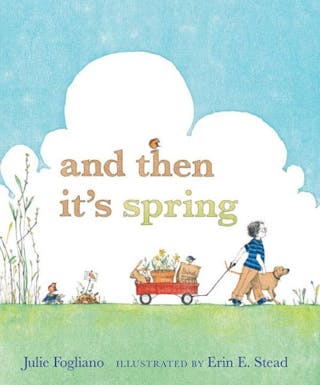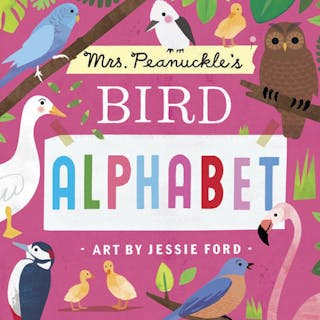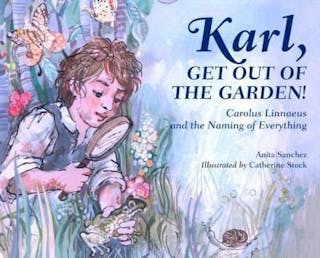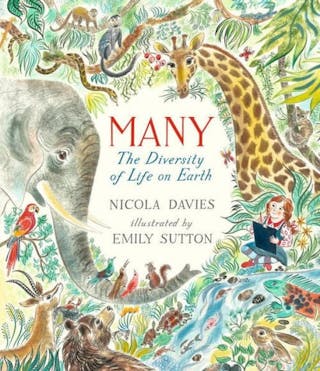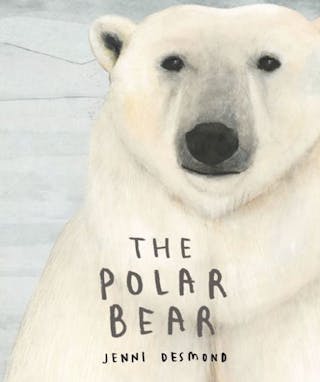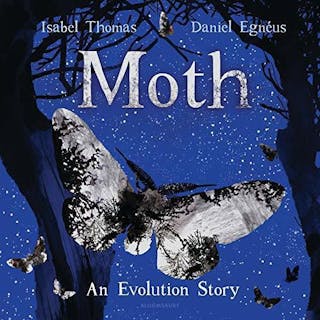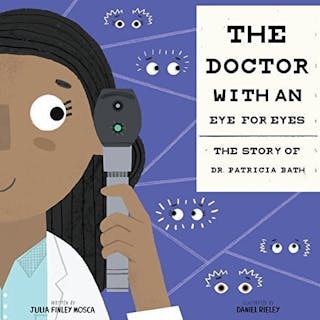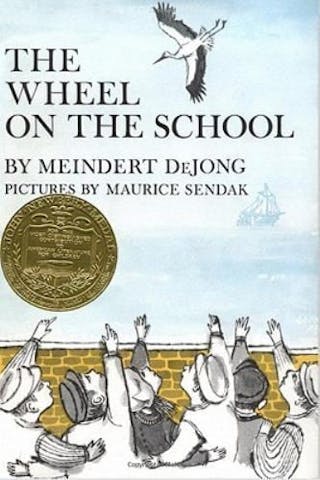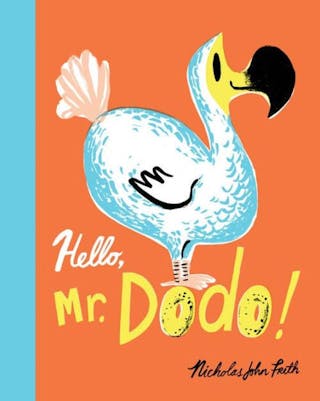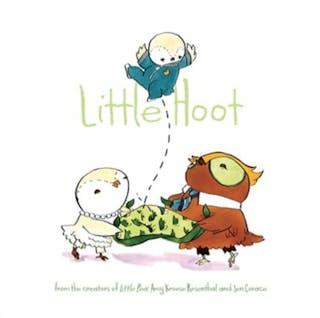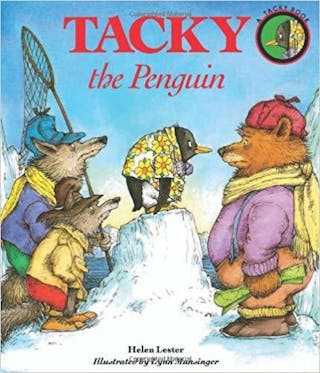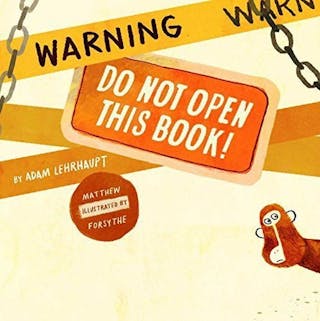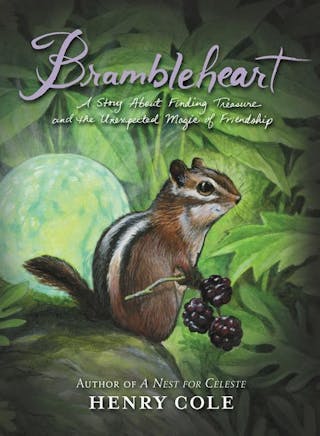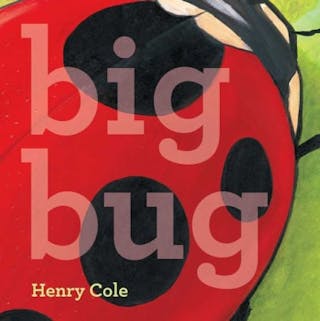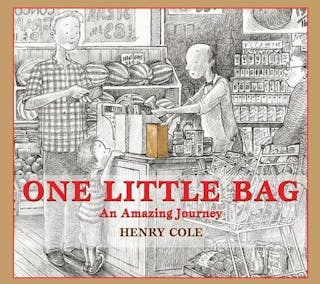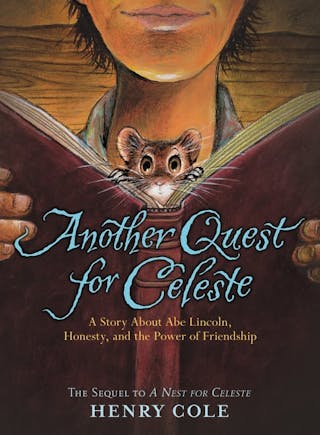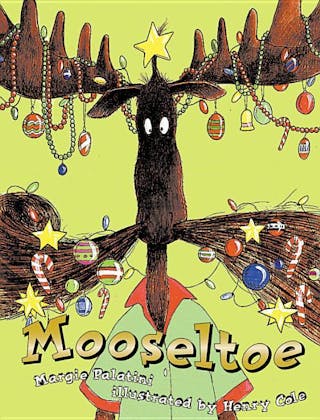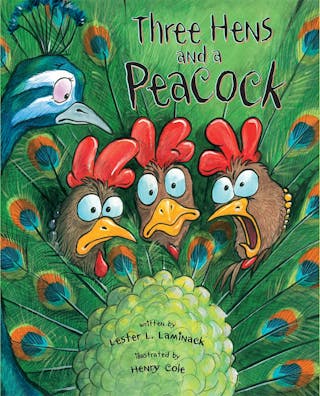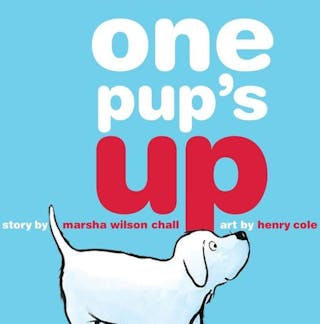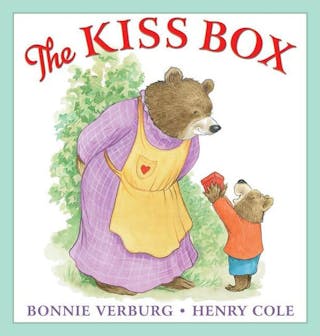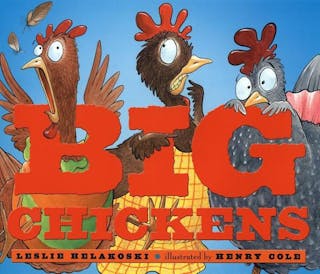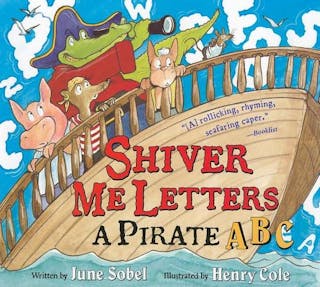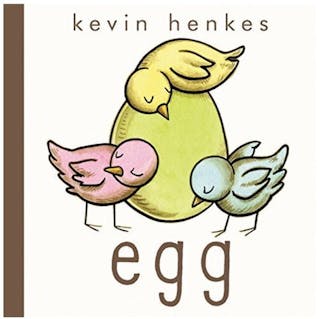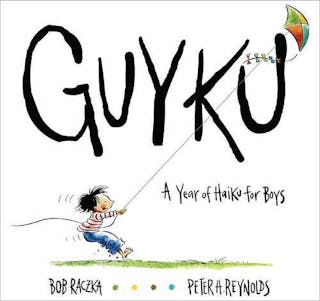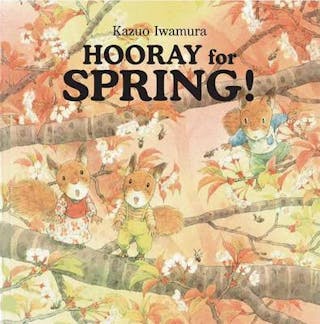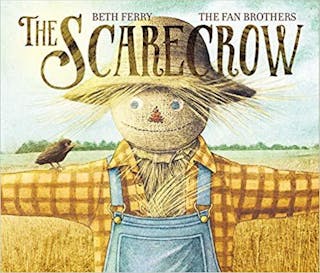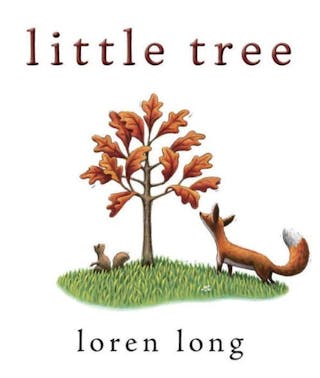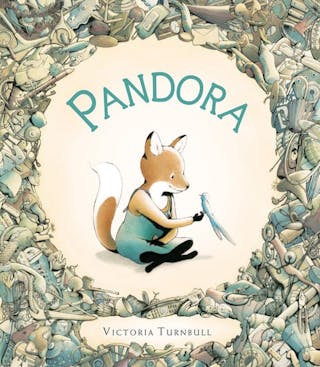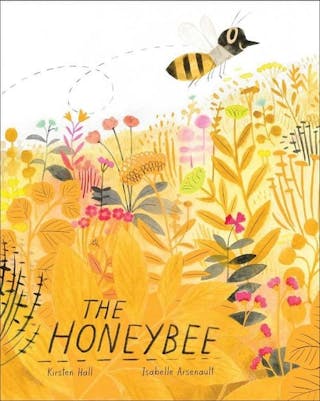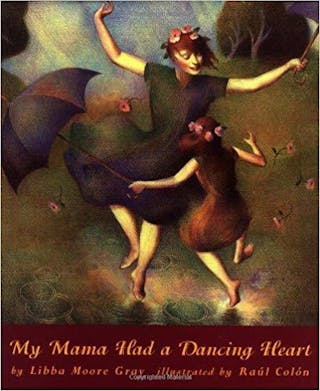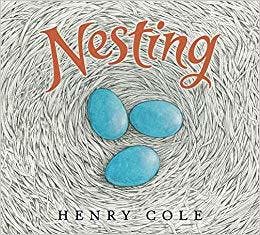
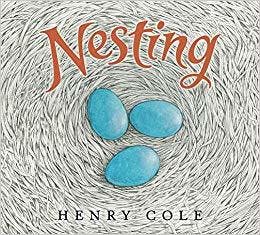
Nesting
What Does Bookroo Think of Nesting
When a male robin sings his song in early spring, it wards off other males but attracts a female companion. Together, the new couple builds a nest, and the female robin lays four eggs. When the eggs hatch, the new parents work tirelessly to feed and protect their new babies. They make many trips to bring food like caterpillars and worms to their chicks. They also bravely face a snake that sees their nest and climbs the tree to eat their young robins. By late summer, the new robins leave the nest. They forage for food and prepare to endure the winter, with the promise that in spring the whole cycle will repeat. Cole’s illustrations are magnificent. They are mostly black and white pen sketches, though the sky is occasionally shaded blue with acrylic paints. The four robin eggs are the exception—they are bold, robin-blue ovals, highlighted by the lack of color everywhere else. In contrast to the remarkable illustrations, the story narrative is boring. While elements of tension are present—the snake attack and a storm—the narrative is objective and dry. The story would have been much better—potentially even a classic in the style of Allsburg’s Jumanji—with more personality in the characters or tension in the drama. Even without, it’s a unique and beautiful addition to children’s literature.
Reviews
Book Lists That Include Nesting
The Creative Behind the Book
Henry Cole was a celebrated science teacher for many years before turning his talents to children’s books. He has worked on over one hundred fifty books for children, including his own Unspoken, Big Bug, A Nest for Celeste, Jack’s Garden, Brambleheart, and On Meadowview Street. He lives in Fort Lauderdale, FL. You can visit Henry online at www.henrycole.net.
What Has Henry Cole Said About This Book
Nothing yet! Let Henry Cole know that you want to hear from them about their book.
More Books by Henry Cole
Other Books You Might Enjoy If You Liked Nesting
Book Details
- ISBN
- 9780062885920
- Publication Date
- March 3, 2020
- Publisher
- Katherine Tegen Books
- Illustration Details
- The artist used Micron pens and acrylic paints to create the illustrations for this book.
- Page Count
- 40
- Words Per Page
- 8
- Audience
- Picture
- Reading Age
- 4 - 8 years
- Est. Lexile® Level
- ~241L
- Est. Fountas & Pinnell Level
- ~H
- ATOS® Book Level
- 2
- Accelerated Reader® Points
- 0.5
- Accelerated Reader Quiz
- 510025
- Accelerated Reader Interest Level
- LG
Contribute to this page
This page is starting to look fantastic!
Just the barebones.
Are you the author or illustrator? Claim your book.

